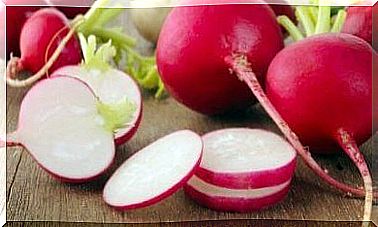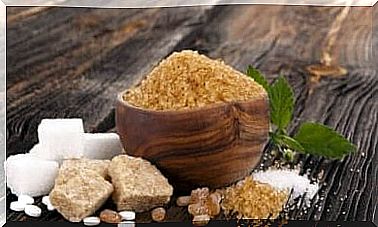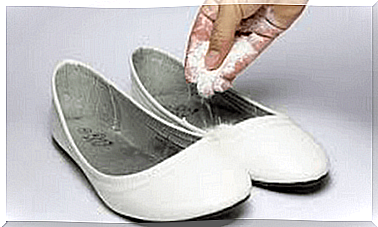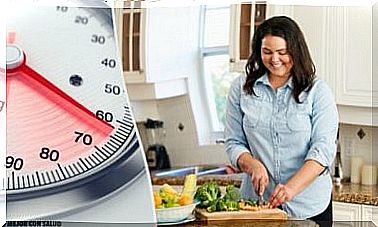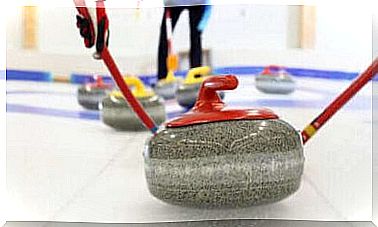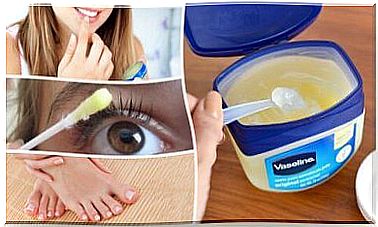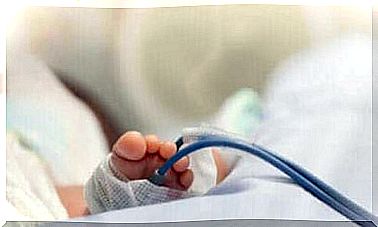What Is A Nasogastric Tube And What Is It Used For?
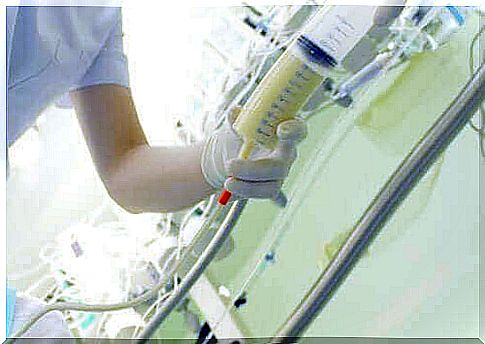
Nasogastric intubation consists of attaching a feeding tube from the patient’s nose through the esophagus to the stomach. The nasogastric tube is usually made of plastic or silicone and is quite useful in feeding patients who are unable to chew or swallow food.
In today’s article, we talk about the main uses of the nasogastric tube, as well as its maintenance and possible complications related to use.
What is the purpose of a nasogastric tube?
As mentioned above, a nasogastric tube can feed a patient who is unable to eat on his own. From the tube, food travels directly to the stomach. It does not help with digestion but facilitates the passage of food to this organ.
Feeding tubing is commonly used in patients with metabolic and intestinal disorders. They are also used in patients with mental disorders, such as eating disorders. They are also helpful in severe malnutrition or premature babies.
The nasogastric tube can also be used to empty the contents of the stomach when there is a blockage in the digestive tract. It can also be used in cases of poisoning or to empty the stomach before anesthesia. Drugs can also be administered through the nasogastric tube.
Only a trained nurse or doctor can perform such procedures. Those who have to do it themselves must receive proper training and be able to service the hose.
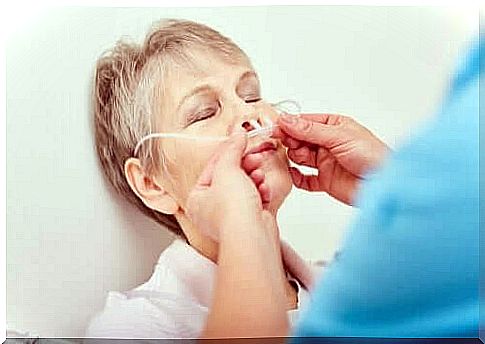
How is a nasogastric tube used?
Many patients need a nasogastric tube at home, which is why they also need to be able to take care of it themselves.
The outside of the hose must be kept clean by wiping it with a gauze moistened with warm soapy water and drying it.
A little water, about 5-10 ml, is usually added to the tube after each meal or medication. From the markings, check that the catheter is in the correct position.
A clogged hose should be replaced with a new one, preferably with the help of a doctor or nurse, even if a family member has the appropriate training to do so. The connector must be off when nothing is transferred through the tubing to the patient.
Nasogastric tube: other tips
Patients using a nasogastric tube should be careful with their nose and mouth. It is a good idea to move the hose from time to time to avoid irritation. If this cannot be done daily, it should be done at least when it is dirty or when the surgical tape is no longer in place.
The person in charge of care must clean the patient’s nasal nostrils daily with a damp cotton swab and maintain good oral hygiene in the patient, because even if the person does not chew food, the teeth and tongue must still be brushed at least twice a day.
The nose and lips also need to be moisturized as the facial skin is quite sensitive. The nasogastric tube often causes irritation, which the cream can help relieve.
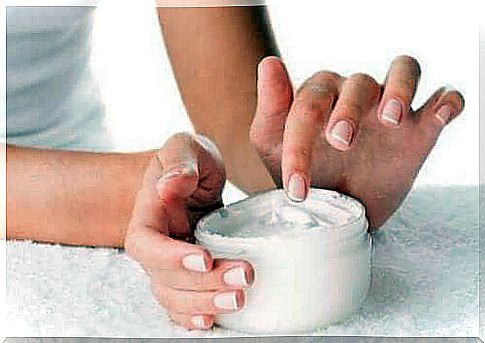
What are the most common complications?
While a nasogastric tube is a useful tool, it can have some complications. It can cause nasal damage, for example. As mentioned earlier, the position of the hose should be changed as often as possible. The area must also be disinfected and washed.
When the hose becomes clogged, you can try to open it by putting warm water in it. You should first ask your doctor. In most cases, blockages can be prevented by running water through a hose after each feeding.
Another common complication is hose detachment. It may not always happen by accident, many patients find the tubing annoying. Whatever the reason, a professional should replace the hose with a new one.
Nausea and vomiting are common side effects, especially when the patient is not in a good position. To prevent this, try to place the patient at a 45-degree angle so that food does not travel to the stomach too quickly.
Summary
The nasogastric tube is a widely used instrument, but its use requires strict adherence to physician instructions. It is very important to know how to use and maintain it properly. So ask your doctor or nurse for advice if you have any questions or complications.
